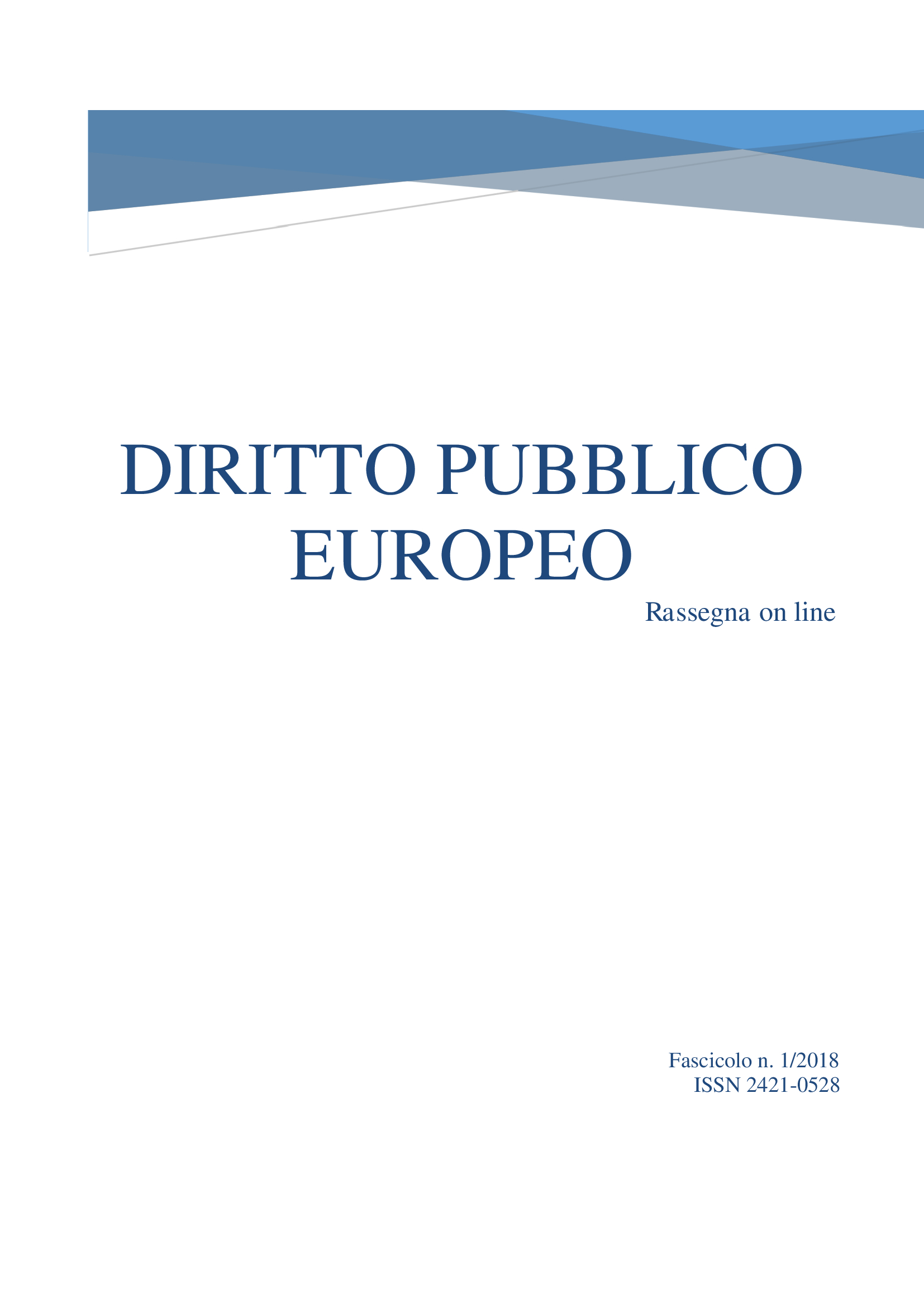Spunti critici sulla nuova supervision accentrata delle banche dell'eurozona
Abstract
Il saggio, muovendo, in chiave ricostruttiva, dall’evoluzione della supervision prudenziale delle banche operanti nell’Unione, si soffermasulle ragioni di fondo della recentissima transizione da un meccanismo di frammentata vigilanza armonizzata al nuovo sistema di vigilanza, come risposta strutturale dell’Unione all’erompere della crisi finanziaria globale del 2008; per poi analizzare sia i tratti caratterizzanti il nuovo meccanismo di vigilanza unico (SSM)di cui al Regolamento UE n.1024/13, avuto particolare riguardo alla torsione “accentratrice” della funzione di supervision prudenziale, ove alla centralità della BCE è conseguita la tendenziale marginalizzazione delle Autorità di vigilanza nazionali; sia il rapporto di vigilanzatra Autorità ed enti creditizi vigilati, con particolare riferimento ai profili procedurali, paragiudiziali e processuali. Infine, si sofferma sulle prime criticità del SSM emerse in sede applicativa e pretoria, che sembrano offrire una serie di spunti di riflessionesia sugli effetti presumibilmente destabilizzanti sul precario equilibrio sistemico post crisi derivanti da tale incerta fase di rodaggio applicativo della novellata regulation, sia sull’opportunità di eventuali correzioni.




